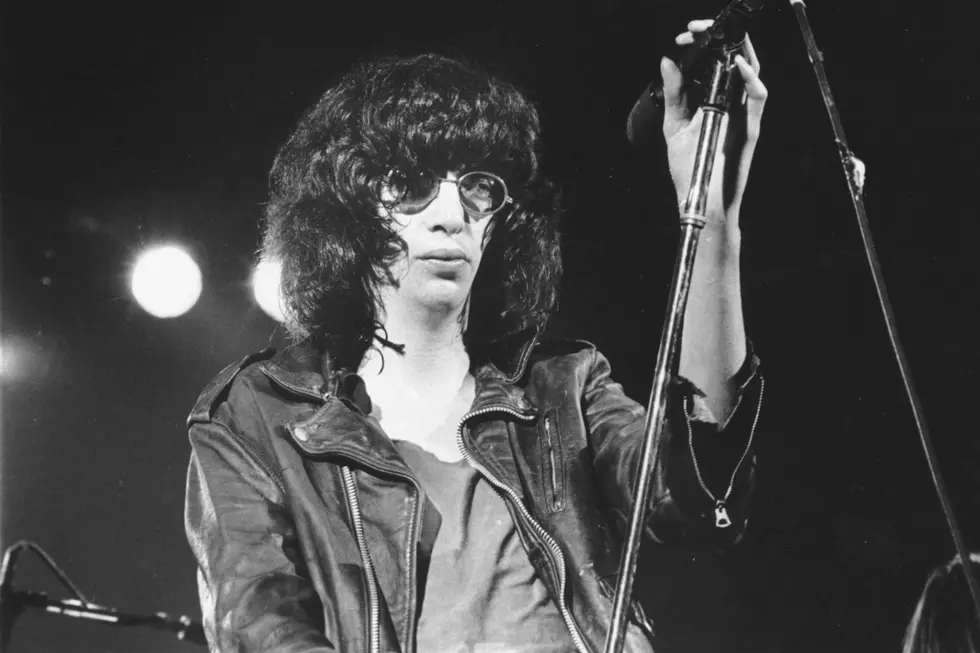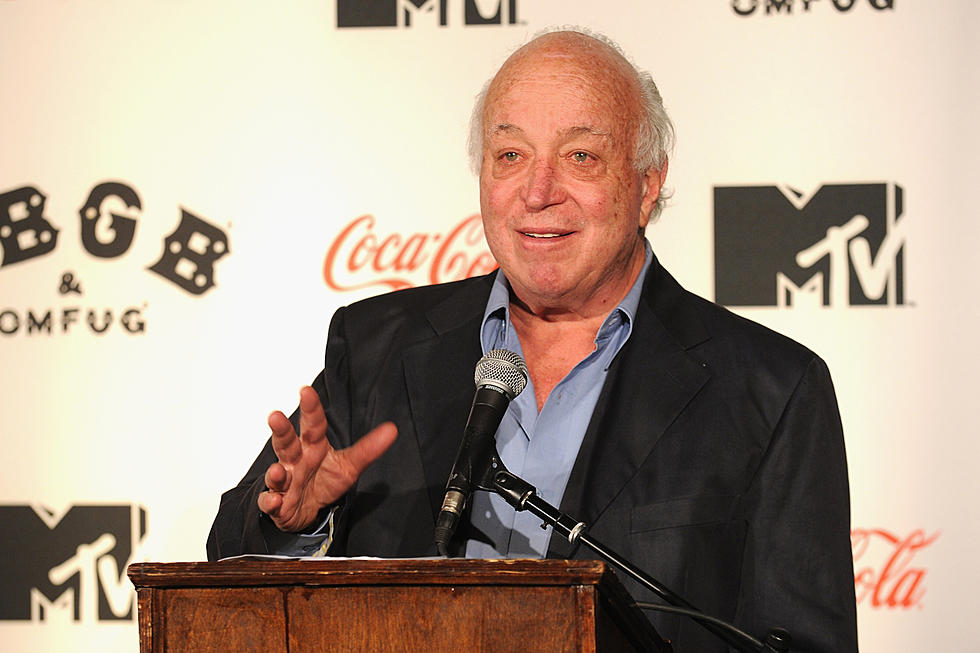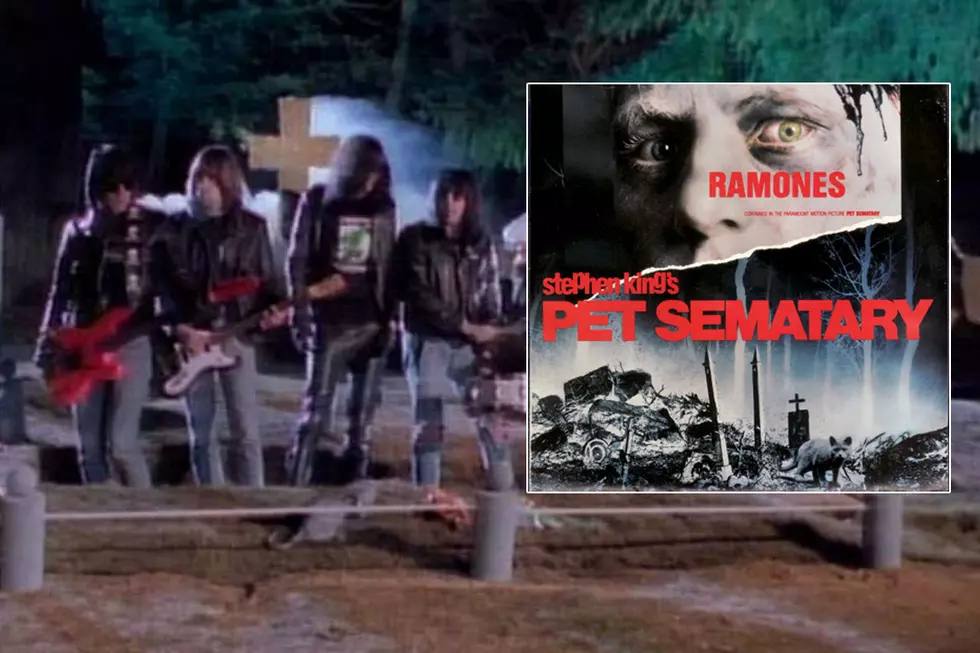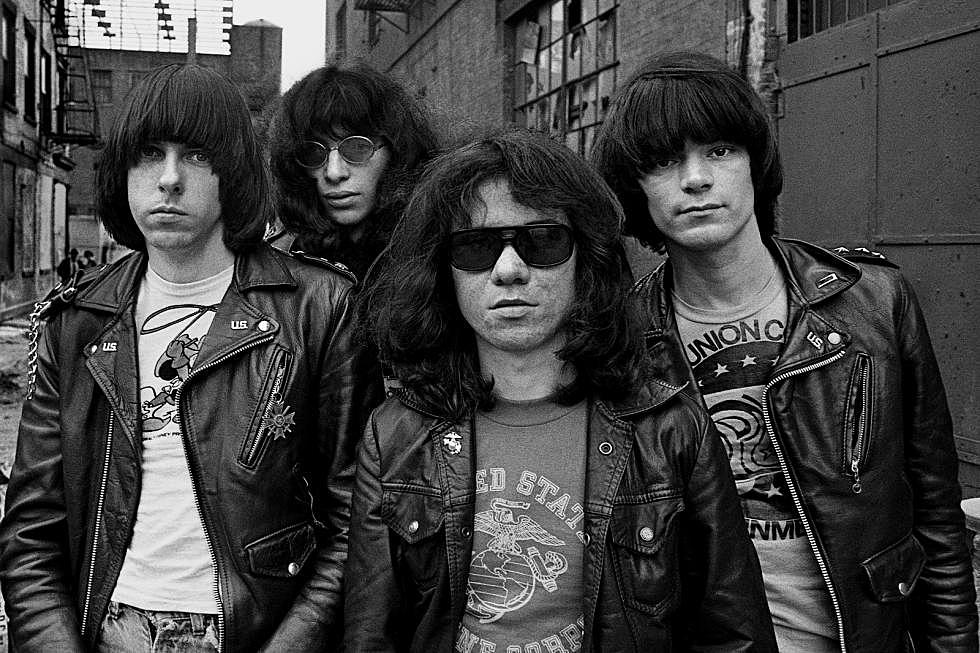
When the Ramones Made Their CBGB Debut
The Ramones and CBGB. Has there ever been a better match of artist and venue? Okay, the Beatles had the Cavern Club and James Brown had the Apollo Theater. But both of those equally legendary musical figures, artistically speaking, grew past those places.
The Ramones might have grown bigger than CBGB – enough to fill the tiny club a couple hundred times over. But the Queens crew never grew past the bar on the Bowery. Capacity notwithstanding, the Ramones could have played CBGB at any time in their career, filling any spot on the bill, and been perfectly at home.
With respect to Blondie, Talking Heads and Patti Smith, for most people CBGB is synonymous with the Ramones. The Ramones are synonymous with punk rock. You put the two together and you have the crystallization of an entire musical movement. Fast, loud, hard, simple. It’s all right there – the genesis of a musical movement.
But it didn’t feel that way to most of the people who were at CBGB on Aug. 16, 1974, the night the Ramones first played there. It was just another evening at a Manhattan dive bar that, within the past year, had been rechristened CBGB – for country, bluegrass and blues – signifying owner Hilly Kristal’s aspirations for his club.
When the rootsy musicians didn’t come, Kristal acquiesced and allowed the local punk kids to play shows. The only rule was they had to play original music (Kristal refused to pay the licensing fees for covers), though Hilly’s decree was broken repeatedly.
Still, CBGB began to gain a reputation for showcasing new music and the kind of raw rock bands that most other venues would turn away. The spring had witnessed the start of a scene with gigs by Television and Blondie forerunners the Stilettos. The music was usually rough, indebted equally to girl group sounds, glam rhythms and ’60s garage rock – the stuff Nuggets are made of.
That made the place a perfect fit for Jeffrey Hyman, John Cummings, Douglas “Dee Dee” Colvin and Tommy Erdelyi, who had put together a band based on a shared love of certain ’60s music. When they first got together to practice, they tried to play songs by the Beach Boys and the Beatles.
When they couldn’t, they wrote songs that they were able to play. Inspired by a former Paul McCartney pseudonym, each took the surname Ramone and the band became the Ramones.
The legend goes that, on that sweaty August evening, the Ramones took the stage and – after Dee Dee shout-counted “1-2-3-4!” – played an entire set in 12 minutes. You could have gone to the restroom and missed it (though only the heartiest guest could stomach CBGB’s disgusting bathroom for that long). As Joey and Johnny would each comment later, “We don’t play short songs. We play long songs very quickly.”
Some didn’t get it. Some didn’t care. But others, including Legs McNeil – the writer who cemented the name “punk rock” when he started Punk Magazine in 1975 – felt they’d seen music change before their very eyes. This was rock stripped to its most primitive essentials: guitar, drums, bass, voice. No solos, just noisy melodies. No stagecraft, just rampant energy. No costumes, unless you counted the leather jackets.
And the Ramones proved not to be a 12-minute wonder. They began to build a devoted following, playing CBGB every chance they got (no less than 70 more times in 1974 alone). Soon they landed a record contract, started to tour and discovered that they had inspired nearly all of the British punk bands (along with the London scene’s No. 1 fanzine, titled Sniffin’ Glue).
Some of the British bands scored Top 10 hits (the Sex Pistols, the Clash). Some of the CBGB crew did too, mostly a result of smoothing out their early, rough sound. The Ramones also flirted with that course – teaming up with Phil Spector for a strings-laden cover of "Baby I Love You" that went to No. 8 in the U.K. But mostly, they stayed fast and true to fast and loud.
The Ramones broke up in the ’90s and all four original members have since died. CBGB was forced to close in the ’00s because of rent prices. The music remains. And their shared legacy of punk lives on.
Ramones Albums Ranked
More From Ultimate Classic Rock









